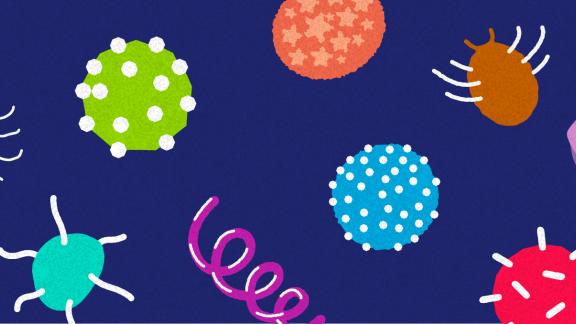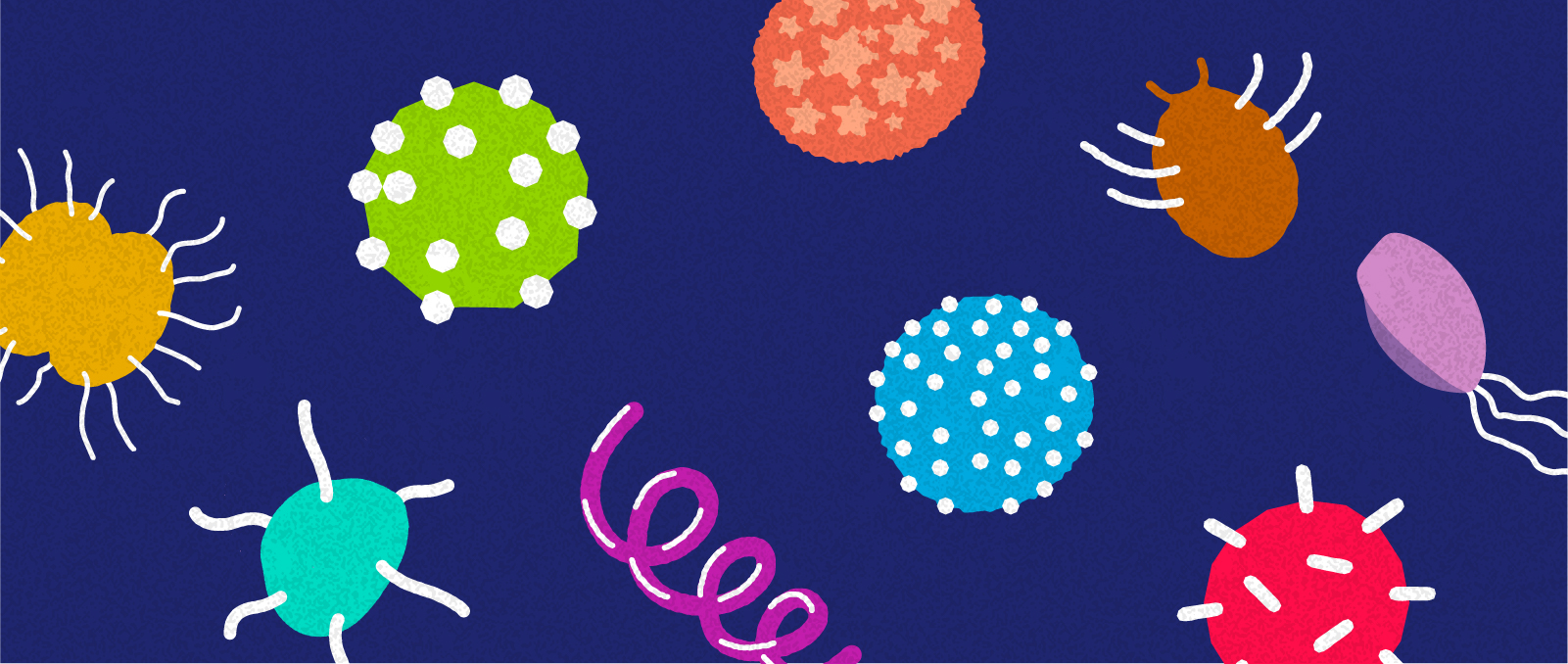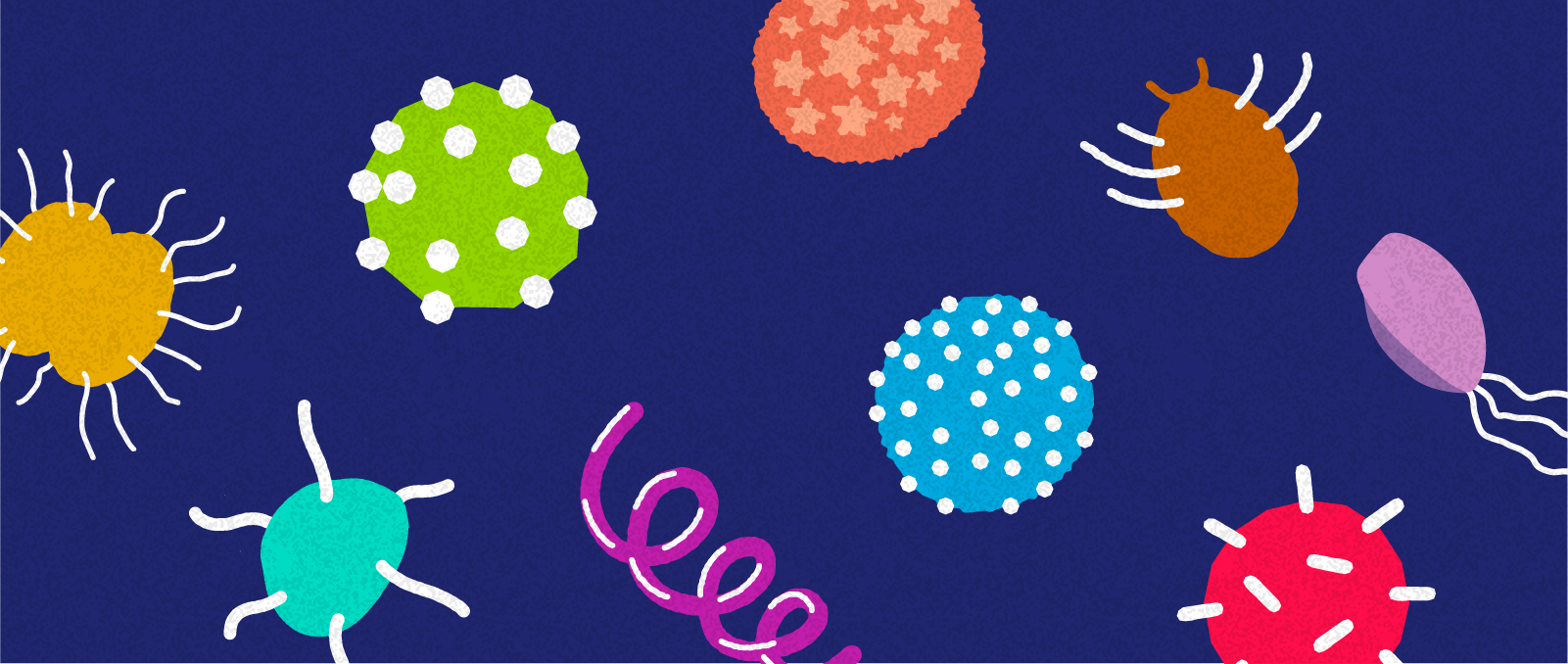Chlamydia is a common bacterial infection, and anyone who is sexually active can catch it. No one should feel ashamed about contracting chlamydia, and it is worth noting that it is easily treatable.
Chlamydia is caused by bacteria called chlamydia trachomatis that is found in semen and vaginal fluid of people who have the infection. It is passed from one person to another through vaginal, anal, or oral sex without a condom, your genitals coming into contact with your partner’s genitals, sharing sex toys without washing them or covering them with a condom with each use, and infected semen or vaginal fluid getting into your eye.
Chlamydia can also be passed to babies during childbirth but can be treated during pregnancy with antibiotics.
You cannot get chlamydia through casual contact such as kissing or hugging.
Symptoms
Often referred to as a ‘silent’ infection, most people with chlamydia don’t have any obvious signs or symptoms.
If you do develop symptoms you may experience:
- Unusual discharge from the vagina, penis, or rectum
- Pain when peeing
- Pelvic and lower abdominal pain
- Bleeding during or after sex
- Abdominal pain during vaginal sex
- Heavy periods or bleeding between periods
- Painful swelling of testicles
- Burning and itching in the urethra
If left untreated chlamydia can lead to pelvic inflammatory disease in women, infertility, and other complications. It's important to get tested and treated as soon as possible if you think you might have chlamydia.
Testing
It is also a good idea to get tested before each new partner or every three to six months. If you are concerned after having sex without a condom, seek healthcare advice as soon as you can. However, accurate test results should appear after two weeks.
Testing for chlamydia is simple and painless, and it doesn’t necessarily require a physical examination by a healthcare provider.
The test is done with either a urine test or a swab test:
- The swab collects a sample from inside the vagina or from the tip of the penis.
- A swab may be taken from either your throat or rectum if you’ve had oral or anal sex.
- Taking the swab may be slightly uncomfortable but should not be painful.
- Testing from a penis is often from a urine sample instead of a swab, unless you have symptoms.
If there is a high chance that you have chlamydia (for example if your partner has tested positive), you may be given treatment before the results are back.
Treatment
Chlamydia is treated with a course of antibiotics. The two most prescribed treatments are a single dose to take on one day, or a longer course (usually two capsules a day for a week).
You should not have sex until you and your current sexual partner have finished treatment. If you had the one-day course of treatment, you should avoid having sex for a week afterwards.
You may be given treatment if you have symptoms which suggest that you could potentially have chlamydia, even if you have not received your test results yet.
Most antibiotics are safe to use with hormonal contraception (like the Pill, patch, injection or implant), but talk to your healthcare provider prescribing the treatment to make sure. You should tell your healthcare provider if you are pregnant or think you may be, or if you are breastfeeding. This will affect the type of antibiotic you are given.
If you had symptoms, you should notice improvements quite quickly. You should go back to where you had your test if:
- the symptoms don’t improve within a week
- you have unprotected sex again
- you had unprotected sex with your partner before the treatment was finished
- you did not follow the instructions or complete the treatment
- the test was negative, but you develop signs and symptoms of chlamydia
It's important that your current sexual partner and any other recent sexual partners you have had are also tested and treated to help stop the spread of the infection.
Prevention
There are several ways to reduce the risk of infection and protect yourself and your sexual partners from chlamydia and other STIs. It's also a good idea to get tested before each new sexual partner or every three to six months.
You can help prevent the spread of chlamydia by using a condom every time you have vaginal or anal sex and to cover the penis during oral sex, and by avoiding sharing sex toys. When used correctly and consistently, condoms are one of the most effective methods of protection against chlamydia and other STIs (including HIV).
Learn more about different types of STIs and their symptoms, treatment, and prevention
when
Subject
HIV and STIs










